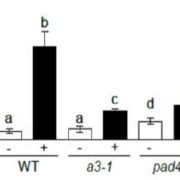
Actin and Aphid Feeding
Blog, Plant Physiology, Plant Physiology: On The Inside, Research, Research BlogRemodeling of the actin network in plant cells involves the severing, depolymerization and polymerization of F-actin. A variety of actin-binding proteins are involved in remodeling of the actin cytoskeleton, including the actin-depolymerizing factor (ADF) family of proteins. As a result of their ability…

Origin and Role of ABA in Stomatal Regulation
Blog, Plant Physiology, Plant Physiology: On The Inside, Research, Research BlogWhen the vapor pressure difference (VPD) between a leaf and the atmosphere increases (i.e., when air humidity decreases), guard cells lose turgor, thereby leading to stomatal closure. The evolution of this mechanism was an important step in the colonization of land by plants, since it enabled plants…
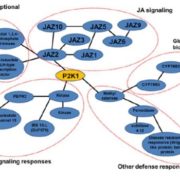
Extracellular ATP Boosts Plant Immunity Via Jasmonate Signaling
Blog, Plant Physiology, Plant Physiology: On The Inside, Research, Research BlogDamage-associated molecular patterns (DAMPs) are endogenous chemicals that are released from damaged cells and which play a role as “danger signals.”
Adenosine 5’-triphosphate (ATP) becomes a DAMP signal after release into the extracellular milieu following cellular damage. Extracellular ATP…
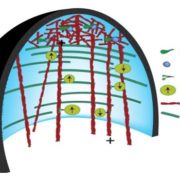
Update: The actin cytoskeleton: functional arrays for cytoplasmic organization and cell shape control
Blog, Plant Physiology, Plant Physiology: Updates, Research, Research BlogBy Daniel B. Szymanski and Christopher J. Staiger
A dynamic network of filamentous elements, the cytoskeleton, holds the key to patterning of the cell wall during growth. This review focuses on the actin cytoskeleton during cell morphogenesis. The field is progressing rapidly, enabled by forward-…
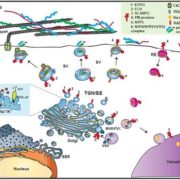
Update: The plant trans-Golgi network. Not just a matter of distinction.
Blog, Plant Physiology, Plant Physiology: Updates, Research, Research BlogBy Michel Ruiz Rosquete, Destiny Jade Davis, and Georgia Drakakaki
Abstract
Transport networks may be defined as sets of connected nodes or hubs where cargo from different origins are sorted to their final destinations. The trans-Golgi Network (TGN) is the most discussed and arguably busiest hub…

Next Generation of Training for Arabidopsis Researchers: Bioinformatics and Quantitative Biology
Blog, Careers, Education, Plant Physiology, Plant Physiology: Editorials, Research, Research Blog, Undergraduate
In a new Commentary in Plant Physiology, Friesner et al. write a compelling vision for next-generation training for plant scientists. We asked three of the 39 authors, Joanna Friesner, Molly Megrew and Siobhan Brady, to tell us about their motivations and goals for writing this commentary.
You…
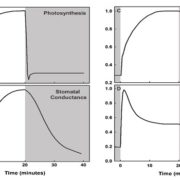
Update: The impacts of fluctuating light on crop performance
Blog, Plant Physiology, Plant Physiology: Updates, Research, Research BlogBy Rebecca A Slattery, Berkley J Walker, Andreas P.M. Weber, Donald R. Ort
Abstract
Rapidly changing light conditions can reduce carbon gain and productivity in field crops because photosynthetic responses to light fluctuations are not instantaneous. Plant responses to fluctuating light occur across…
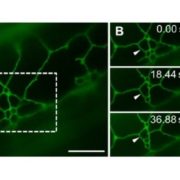
Update: Advances in imaging plant cell dynamics
Blog, Plant Physiology, Plant Physiology: Updates, Research, Research BlogBy Jozef Samaj, George Komis, Dominik Novak, Miroslav Ovecka, Olga Samajova
Abstract
After the establishment of advanced fluorescence microscopy methods and the development of numerous fluorescent proteins it is possible to follow the organization and dynamics of most organelles and subcellular…
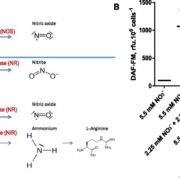
Nitric Oxide and Diatoms
Blog, Plant Physiology, Plant Physiology: On The Inside, Research, Research BlogAll gases in the N cycle, including nitric oxide (NO), are present in oceans, either because of gas exchanges at the air-water interface or because they are produced within oceans themselves. NO, a physiologically important gaseous transmitter, is generated in seawater by nonbiological photochemical…

